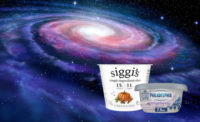Like a balloon ascending to the sky, most segments of the cultured dairy category — refrigerated yogurt and yogurt drinks, cottage cheese, cream cheese, sour cream, dairy dips, and whipped toppings — are going “up, up and away.” In fact, Dan Buckstaff, chief marketing officer for Chicago-based SPINS LLC, notes that the overall category is up 13%, with dollar sales of $16.08 billion for the 52 weeks ending Jan. 29.
John Crawford, vice president of Client Insights-Dairy at Chicago-based Circana (formerly IRI and NPD) tells Dairy Foods that cultured dairy dollar sales were up 14.1% within U.S. multi-outlets and convenience stores for the 52 weeks ending Feb. 26. However, by volume, sales were slightly down by -1.3% for the last 52 weeks.
Yet, for the five-year forecast period of 2017-2022, the compound annual growth rate (CAGR) saw nearly 5% growth, Crawford states.
The impact of clean-label, reduced sugar, zero-added-sugar, and organic is having a significant impact on the cultured dairy category, with most categories registering strong double-digit dollar sales growth.
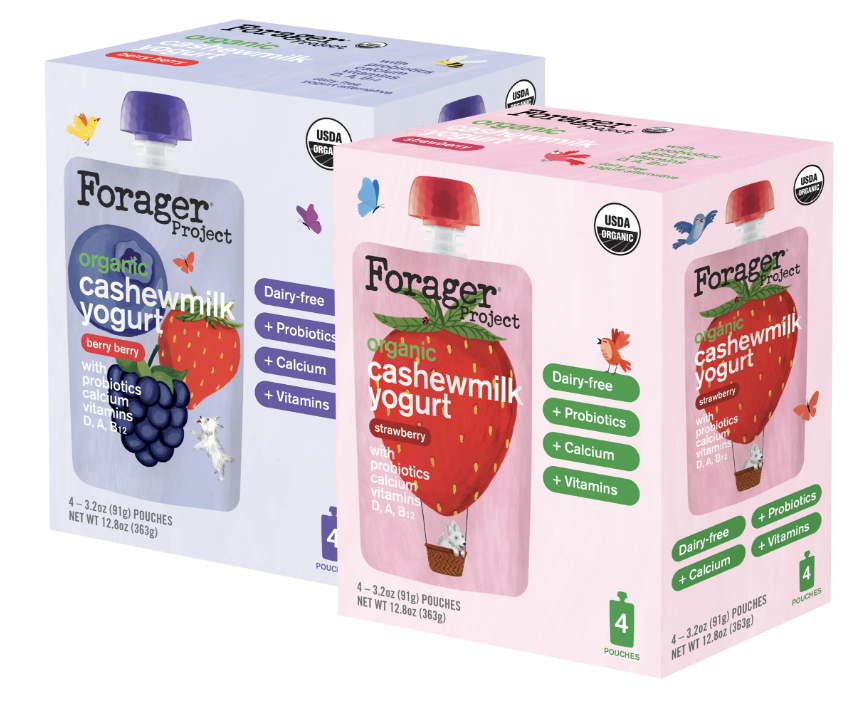
Crawford explains: “Cultured products with No/Low/Less Sugar claims grew +23.8% in dollars and +8.2% in volume. Products with No Added Sweetener claims grew +29.2% in dollars and +11.9% in volume (driven by Cottage Cheese and Yogurt). Products with No/Reduced Lactose claims grew +46.7% in dollars and +36.9% in volume (driven by Yogurt), while 100% Certified Organic claims grew +12.0% in dollars and 2.5% in volume.”
Joe O’Neill, vice president of sales and business development at A&B Ingredients, Fairfield, N.J., concurs. “Lately, there’s been an increasing demand for fermented yogurt and drinkable yogurt, cream cheese and spreads, cottage cheese, sour cream, and refrigerated whipped toppings,” he says. “Fermented foods are on trend as consumers become more interested in the health benefits of probiotics and the importance of gut health.
“Cultured dairy products continue to be a healthy eating option and great delivery vehicles for both probiotics and prebiotics (inulin),” he continues. “New varieties of fermented drinks and yogurts have capitalized on the added value of adding inulin or oligofructose (chicory fiber) to reduce caloric and sugar contents to appeal to the health-conscious consumers of today.”
Yogurt a growth driver
Experts note that convenience remains an important growth driver in the cultured dairy category. Single-serve products like refrigerated (RFG) yogurt is enjoying the highest sales in the category with SPINS data reporting dollar sales of $7.7 billion and 11% year-over-year (YoY) growth for the 52 weeks ending Jan. 29.
RFG drinkable yogurt and RFG plant-based drinkable yogurt also were tops in the category with a nearly 19% and 23% YoY growth and sales of $1.3 billion and $40.2 million, respectively, for the same timeframe, according to SPINS data.
Also showing great potential are RFG cream cheese and other cheese spreads, RFG sour cream, and RFG cottage and ricotta and farmer cheese with dollar sales of $3.36 billion (17% growth), $1.63 billion (16% growth) and $1.55 billion (nearly 12% growth), respectively, SPINS data states.
For the 52 weeks ending Jan. 29, the overall yogurt category generated dollar sales of $8.8 billion, a solid YoY increase of 11.5%, Circana data reports. Dairy yogurts grew 11% and had sales of $7.3 billion and dairy yogurt drinks saw sales of $1.1 billion (nearly 18% YoY growth).
For the same timeframe, Circana data points out what’s happening on the plant side of the equation. Albeit from a smaller base, alternative yogurt drinks produced sales of $300 million and 2% YoY growth, while alternative yogurt drinks registered 180% growth and dollar sales of $778,559.
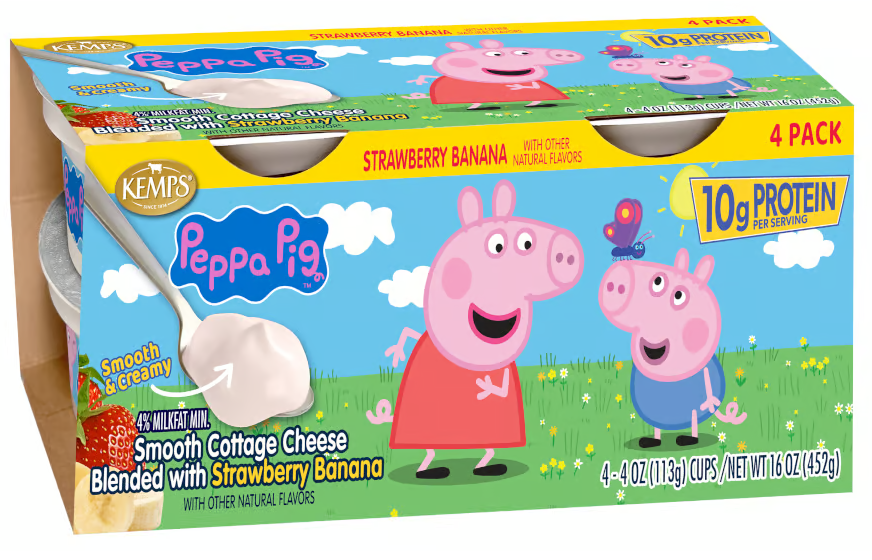
At Natural Products Expo West, the Forager Project, a San Francisco-based vegan and dairy-free brand, launched a new Honey Alternative flavor of its fan-favorite cashew milk yogurt. The new flavor is 100% bee-free, utilizing fruit juices and organic cane sugar instead of real honey to replicate honey’s sweet and distinctive flavor, the company says.
It also unveiled Peach as a fourth flavor option for its line of cashew milk yogurt pouches, which join Berry Berry, Strawberry, and Mango as a quick and easy vegan snack.
Co-founded by Stephen Williamson in 2013, the Forager Project uses its own production, sourcing, and recipe development to create its yogurts, sour cream, kefirs, cheese, smoothies, and milks.
Speaking of recipes, yogurt, and innovative culinary recipes will prompt the global sales of yogurt products during 2016-2026, reports Future Market Insights (FMI), London.
“Yogurt continues to be one such by-product of milk that has gained worldwide prevalence for being a key ingredient in specialized production of foods and beverages,” the report states. “…At present, ESOMAR-certified market research values the global yogurt market at $86.9 billion, expects it to soar at a 10% CAGR, and bring in $232.1 billion in revenues by the end of 2026.” Yogurt sales in North America are anticipated to grow at a 10.3% CAGR and rake in $18.8 billion by the end of 2026, the report adds.
Health benefits associated with yogurt consumption such as lowering high blood pressure, aiding digestion, and improving skin tone have majorly increased the global demand for yogurt-based drinks and edibles, FMI states.
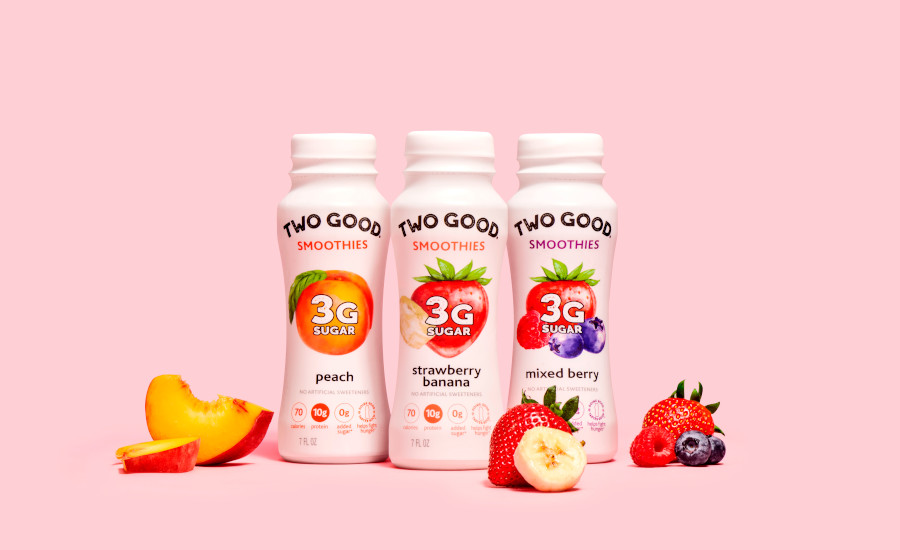
Cream of the crop
Yogurt and drinkable yogurts aren’t the only cultured dairy product receiving applause — and a share of consumers’ pocketbooks — in U.S. multi-outlets and convenience stores. Circana data reports that for the 52 weeks ending Jan. 29, the overall cream cheese segment had dollar sales of $2.58 billion at a CAGR of 21%; RFG whipped topping grew at a CAGR of 18% and sales of $1.74 billion; sour cream registered $1.56 billion in sales at a CAGR of 15.5%; and cottage cheese grew at a 12% CAGR and recorded $1.17 billion in sales.
“Reducing sugar in cultured dairy products requires a balance between sweetness, flavor, and texture and may require some experimentation to find the right combination of ingredients and processes.” — Joe O’Neill, vice president of sales and business development at A&B Ingredients
Traditional dairy exceeded plant-based, or alternative, dairy products six-fold in some cases. For instance, dairy whipped topping saw sales of $1.71 billion and a YoY growth rate of 18.4%, while dairy alternative whipped toppings and non-dairy whipped topping notched sales of $19.8 million (-11.2% CAGR) and $10.4 million (plus 74.8%), respectively, according to Circana data.
Circana’s Crawford points to particular segments that are the “cream of the crop” as far as growth and consumer demand.
“In dollar growth, Shelf Stable Yogurt+Drinks +38.0% (very small base <$100M), Cream Cheese +22.7%, Rfg Whipped Toppings +20.0%, and Sour Cream +16.6% are the cream of the crop in the L52W.” he says. “In volume SS Yogurt+Drinks +26.1% leads the way followed by Rfg Whipped Toppings +3.5%”
Crawford surmises that the reasons cultured dairy products are doing so well in the marketplace stems from the fact that consumers, even three years post-pandemic, continue to enjoy at-home cooking and eating. Staffing constraints, high gas prices, and record inflation is contributing to this trend. “These new (ab)normal times have resulted in some pandemic behaviors sticking; entertaining at home, cooking/eating at home, increased working from home, etc.,” Crawford explains. “These trends support growth of some of the key cultured products like Cream Cheese, Sour Cream, Rfg Whipped Toppings, and Rfg Dips.”
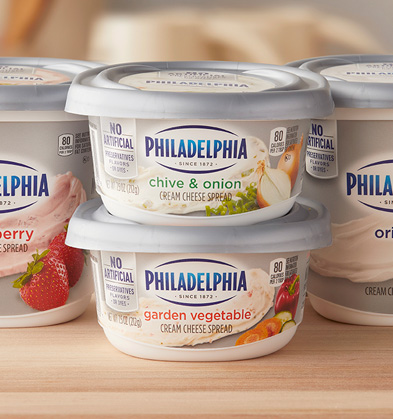
Consumers are becoming increasingly health-conscious, driving innovation in the cultured dairy sector, A&B Ingredients’ O’Neill adds. “As the trends like zero-added sugar, reduced sugar, and organic become more popular, the consumer demand for healthier, natural, and more sustainable products will push manufacturers to innovate and reformulate their products,” he explains. “Reducing sugar in cultured dairy products requires a balance between sweetness, flavor, and texture and may require some experimentation to find the right combination of ingredients and processes.
“While some manufacturers are testing natural and artificial sweeteners, prebiotic fiber can be a functional and healthier solution for dairy processors working on developing products that are lower in calories and sugar,” O’Neill continues.
For dairy processors developing reduced or zero-sugar products, A&B Ingredients offers chicory root fiber (inulin) and pea fiber from yellow peas that are clean-label, non-GMO, and allergen-free, O’Neill says.
In addition to helping to reduce calorie and sugar content, “dietary fiber can help improve the texture of cultured dairy products, making them creamier and thicker,” O’Neill states. “Chicory and pea fibers have a slightly sweet taste and can help maintain the sweetness in dairy products while reducing sugar.”
In addition, SPINS’ Buckstaff notes the functional benefits of cultured dairy. “Digestive or ‘gut’ health has been a hot trend over the past few years with consumers searching for products with natural biotics and cultures to heal their microbiome,” he states.
In fact, the functional food and beverages market, which targets several health objectives, including enhancing weight loss, improving joint health, and enhancing digestion, while decreasing risk factors for cardiovascular disease and Type 2 diabetes, is expected to grow at a CAGR of 8.9% from 2023-2030, reaching $533 billion by 2030, a report from Redding, Calif.-based Meticulous Research states.
Cultured dairy a win-win for kids, adults
As brands like Danone North America, Noosa, Chobani, siggi’s, Kraft Heinz, and Daisy continue to launch new products and flavors like Lemon & Cream, S'mores, and Pumpkin/Pumpkin Spice (the latter of which saw triple-digit 863% growth and sales of $2.8 million, according to SPINS), consumers have many options.

With 3 grams of sugar, Two Good Smoothies offers 70-calorie, ready-to-drink smoothies with 10 grams of protein and no artificial sweeteners in 7-ounce Peach, Strawberry Banana, and Mixed Berry flavors.
Earlier this year, Kemps, a wholly owned subsidiary of Dairy Farmers of America, introduced Kemps Smooth Cottage Cheese for kids, a new cottage cheese with no curds, almost twice as much protein per ounce as most yogurts, along with real, blended fruit, probiotics, and no high-fructose corn syrup. The Smooth Cottage Cheese is available in three flavors: Mixed Berry, Strawberry, and Strawberry Banana. To further appeal to kids, packaging features special characters from the Hasbro portfolio, including Peppa Pig, PJ Masks, and Transformers, in four-ounce, four-cup packs.
Aside from big brands, Circana’s Crawford suggests that dairy manufacturers keep an eye on private-label growth, particularly in categories where consumers view products as commodities. “Private label also jumps into categories where growth is significant, recently getting into Rfg Dips and Rfg Whipped Toppings and driving growth in those categories,” he says.
“We expect cultured dairy to return to volume growth once inflation and high prices subside,” Crawford states. “We don’t see any category where the sky is the limit, but SS Yogurt, Rfg Whipped Toppings and Rfg Dips will continue to be areas of growth.”
A&B Ingredients’ O’Neill suggests that consumer preference for natural and minimally processed foods will continue to rise.
“To stand out in the current market, dairy producers have to ensure their products meet consumers’ expectations. This means using simple ingredients and removing synthetic additives and preservatives,” O’Neill concludes. “It’s important to continue promoting health and wellness through marketing and educating consumers about the importance of probiotics, prebiotics, digestive health, and immunity. An educated consumer is an informed consumer.”


